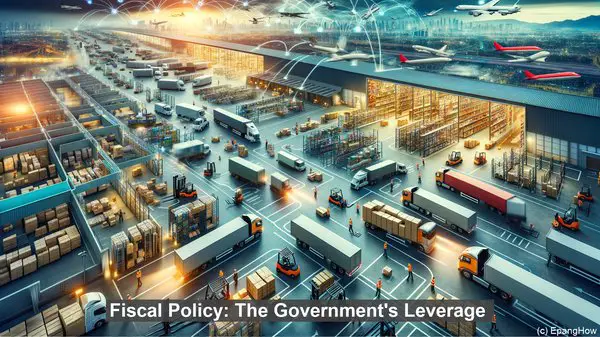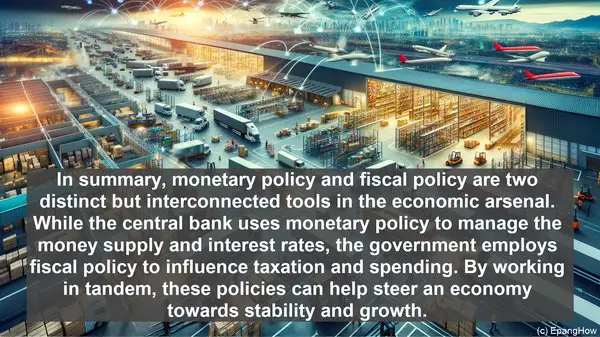Introduction: The Economic Landscape
Before delving into the differences, let’s establish the context. In any country, the economy is a complex web of interrelated factors. It’s influenced by both internal and external forces, making it a dynamic system.
Monetary Policy: The Central Bank’s Tool
Monetary policy primarily deals with the management of a nation’s money supply and interest rates. It’s the domain of the central bank, which in many countries, is an independent entity. Through various mechanisms, such as open market operations and reserve requirements, the central bank influences the availability and cost of money in the economy.

Fiscal Policy: The Government’s Leverage
Fiscal policy, on the other hand, is the domain of the government. It involves decisions related to taxation and government spending. By adjusting tax rates and determining where the government allocates its resources, fiscal policy aims to influence the overall demand and supply in the economy.

Objectives: Stabilization and Growth
While both policies aim to achieve economic stability and growth, they do so in different ways. Monetary policy, through its control over interest rates, can impact borrowing costs, which in turn affects investment and consumption. Fiscal policy, by altering government spending, can directly stimulate or restrain demand in the economy.
Flexibility and Speed of Implementation
Another key distinction lies in the flexibility and speed of implementation. Monetary policy changes, such as adjusting interest rates, can be implemented relatively quickly. Fiscal policy changes, on the other hand, often require legislative approval and can take longer to come into effect.
Limitations and Challenges
Both policies have their limitations. For instance, monetary policy may be less effective in stimulating the economy during a severe recession when interest rates are already low. Fiscal policy, while more direct, can be constrained by factors such as budget deficits and public debt levels.
